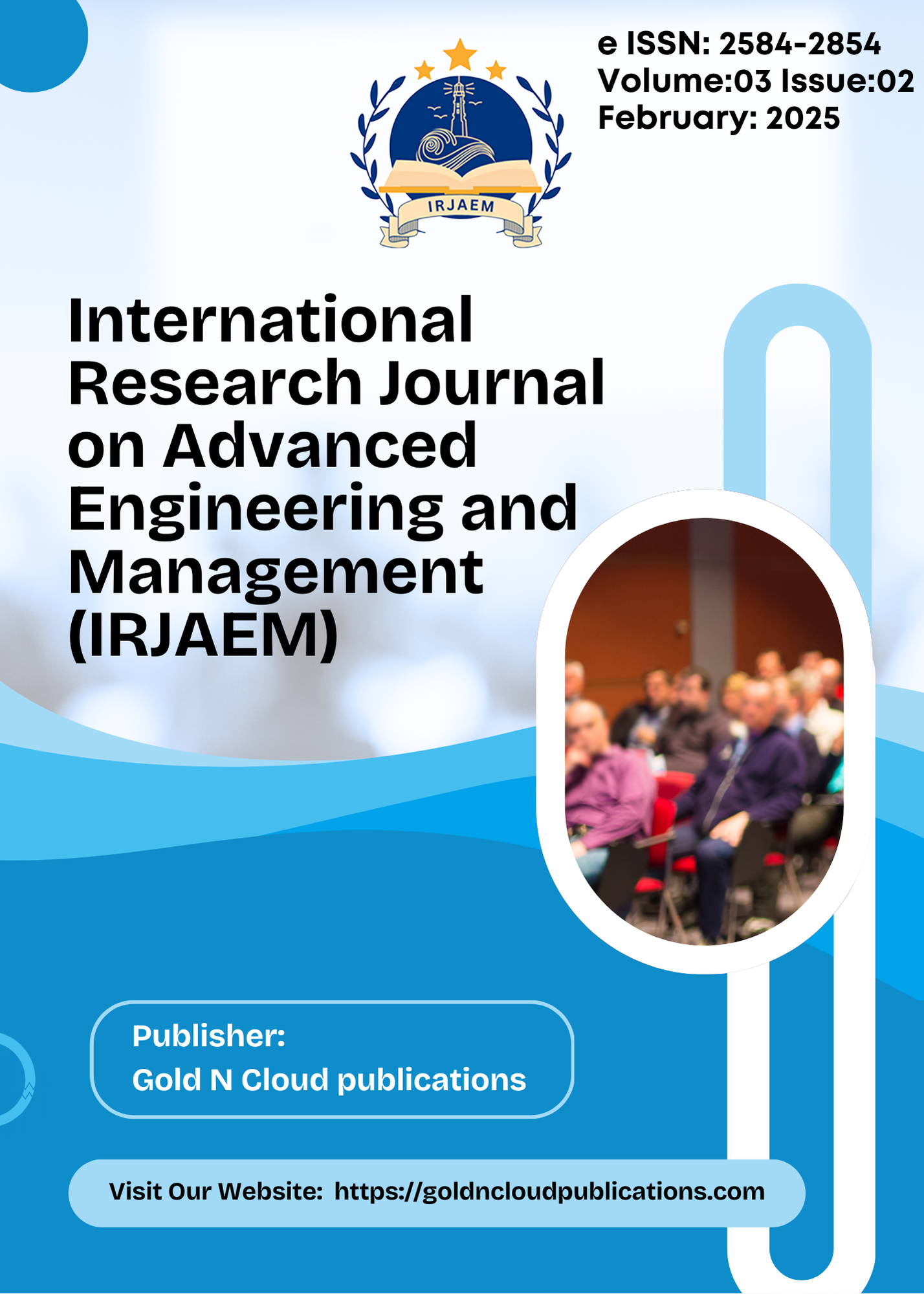UV-Visible Spectra, HOMO-LUMO Studies on Indole Derivative CBTC Using Gaussian Software
DOI:
https://doi.org/10.47392/IRJAEM.2025.0043Keywords:
Indole Derivative, UV-Visible Spectra, TD-DFT, HOMO, LUMOAbstract
In the present work, spectral and structural properties of indole derivative, 3-chloro-N1-(diethylamino) benzylidene) benzo[-b] thiophene-2-carbohydrazide -(CBTC) is carried out. Semiempirical method and PM6 basis set have been used to study optimized geometry. The UV-Visible spectra in Methanol was obtained using TD-DFT method at 6-31+G (d, p) basis set. The parameters such as wavelength, oscillator strength, and excited state energies have been obtained from UV-Visible spectra. The ground state dipole moment was found to be 5.095 Debye. The HOMO-LUMO energy gap is found to be -0.031 eV and chemical hardness is found to be 0.016 eV.
Downloads
Downloads
Published
Issue
Section
License
Copyright (c) 2025 International Research Journal on Advanced Engineering and Management (IRJAEM)

This work is licensed under a Creative Commons Attribution-NonCommercial 4.0 International License.


 .
. 